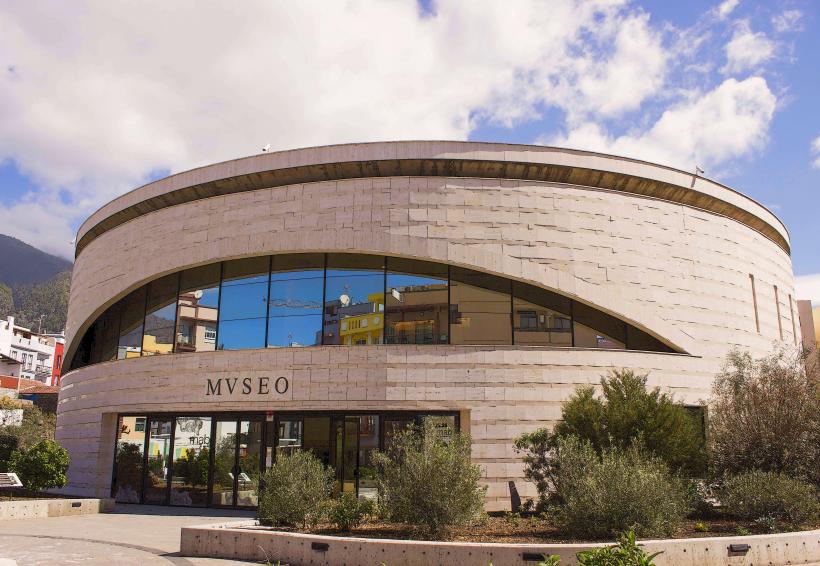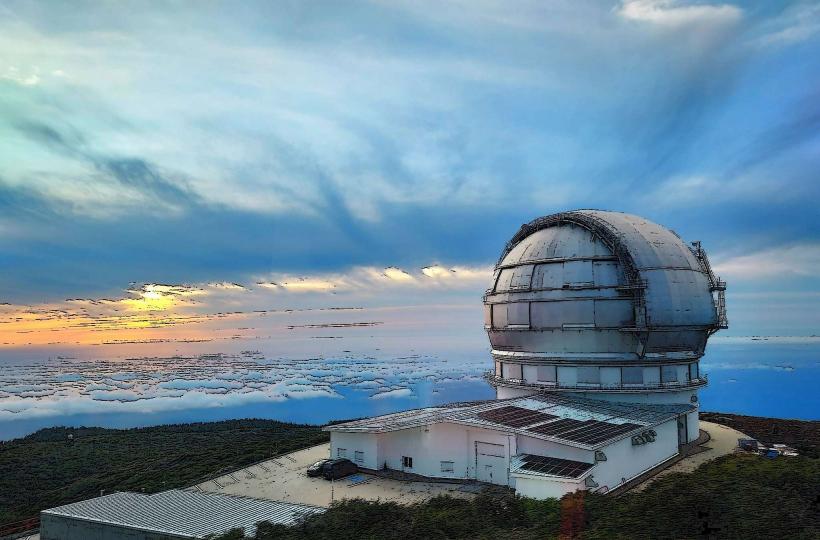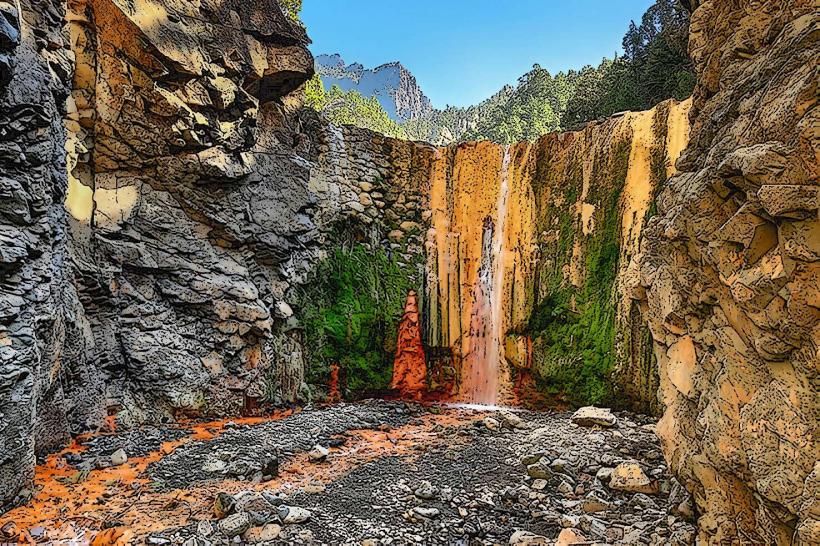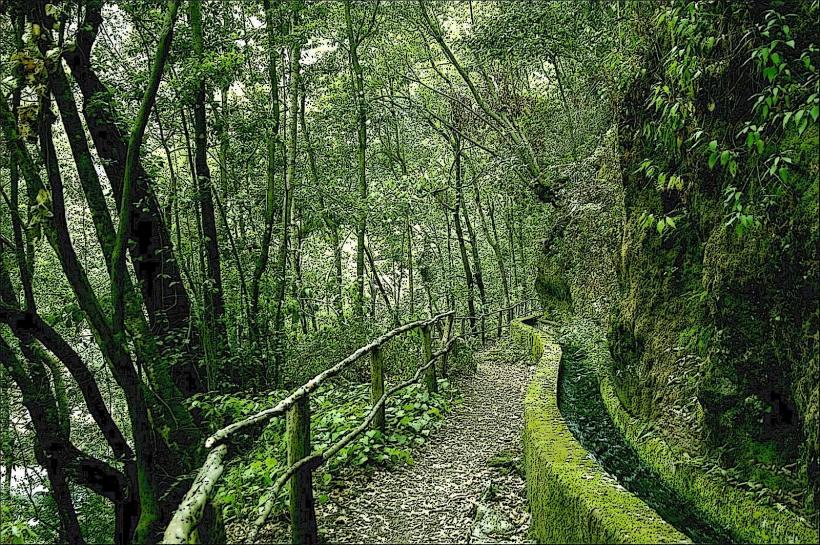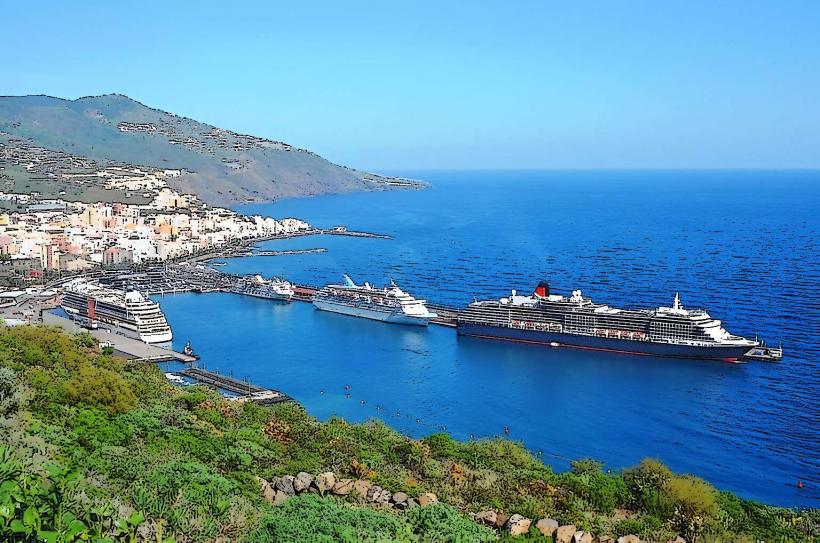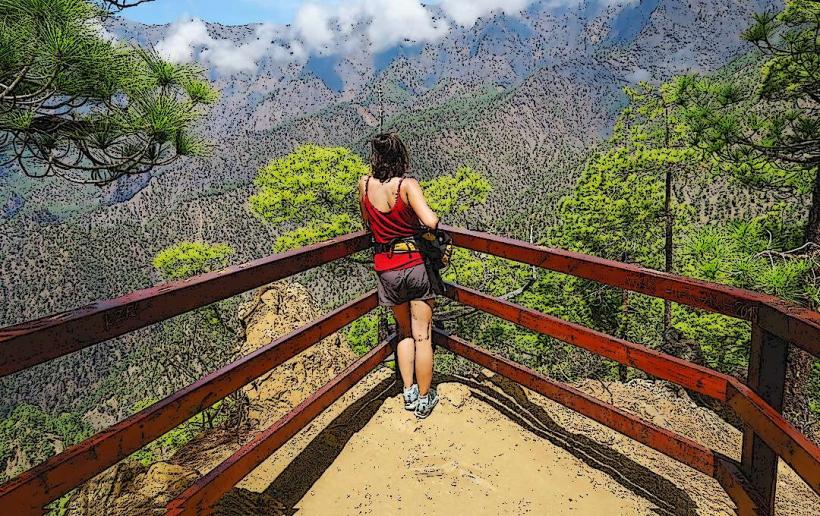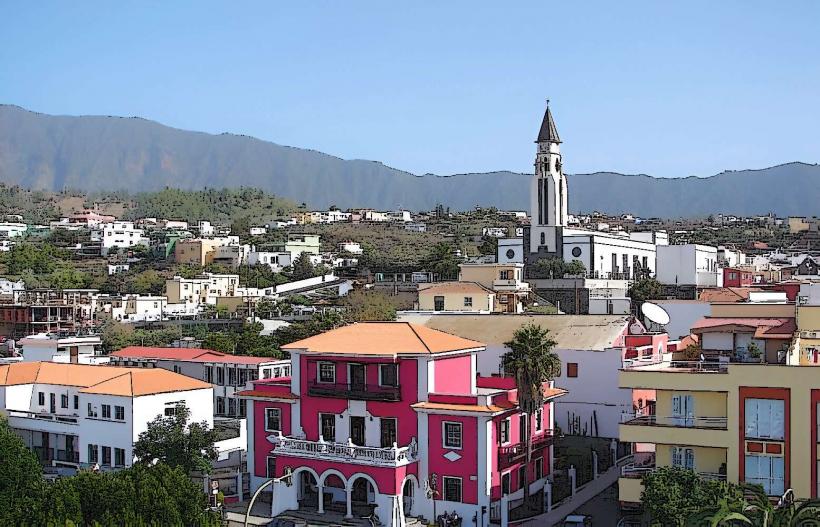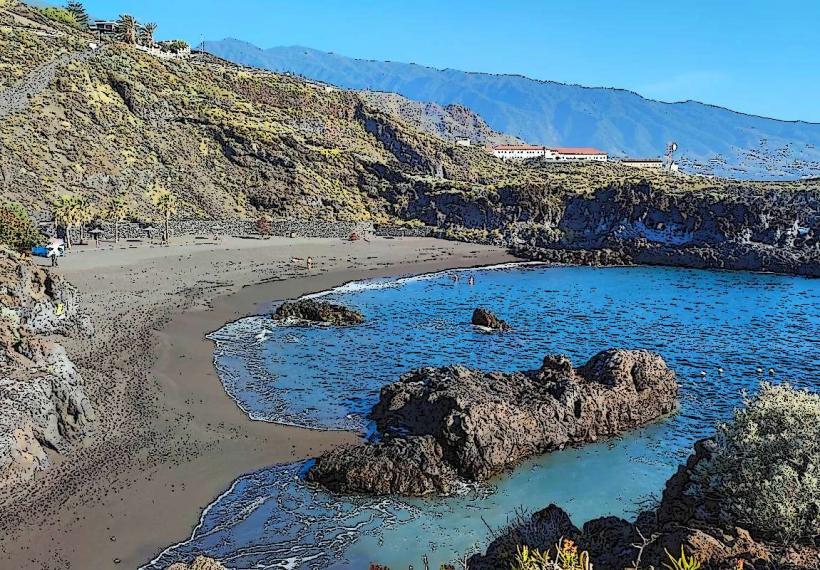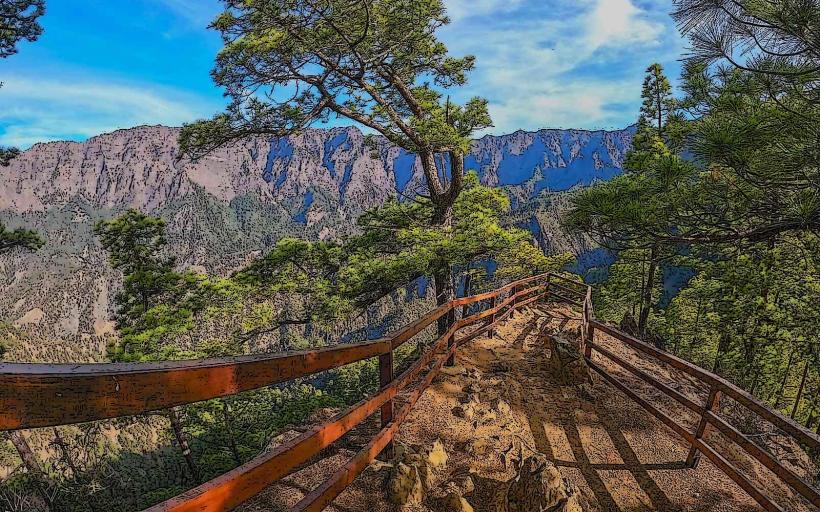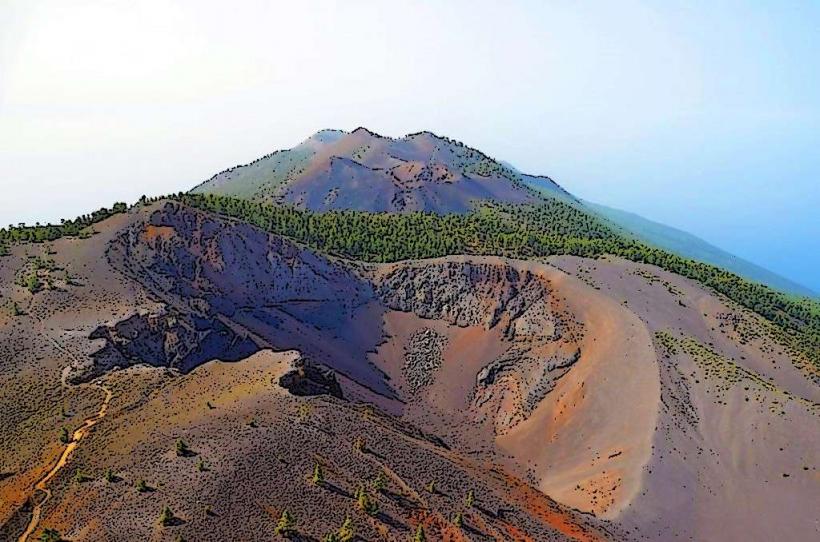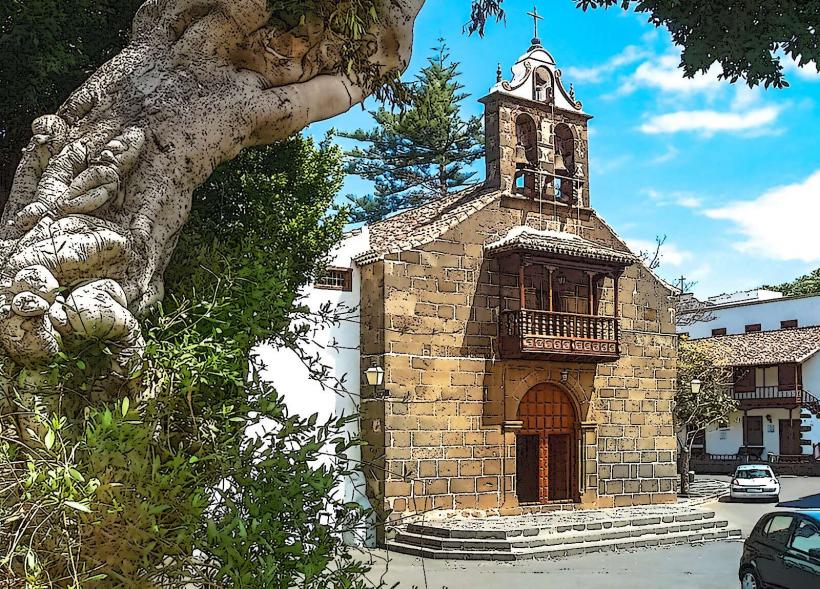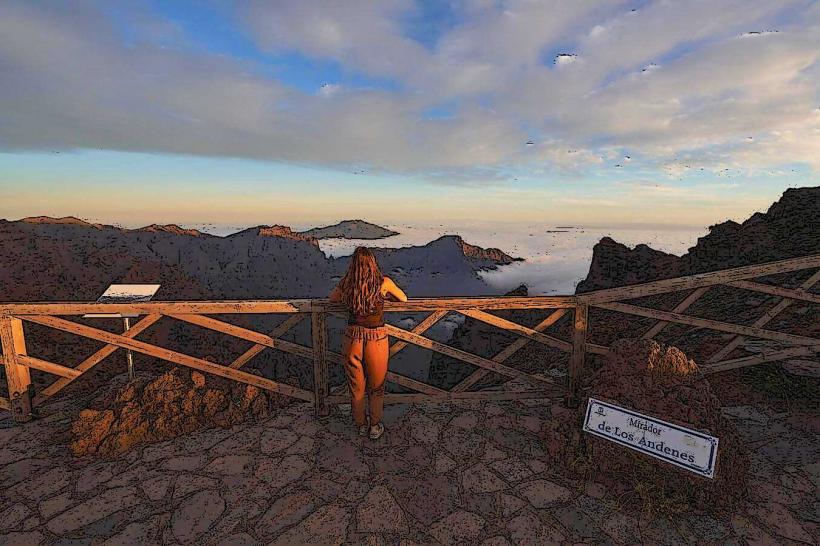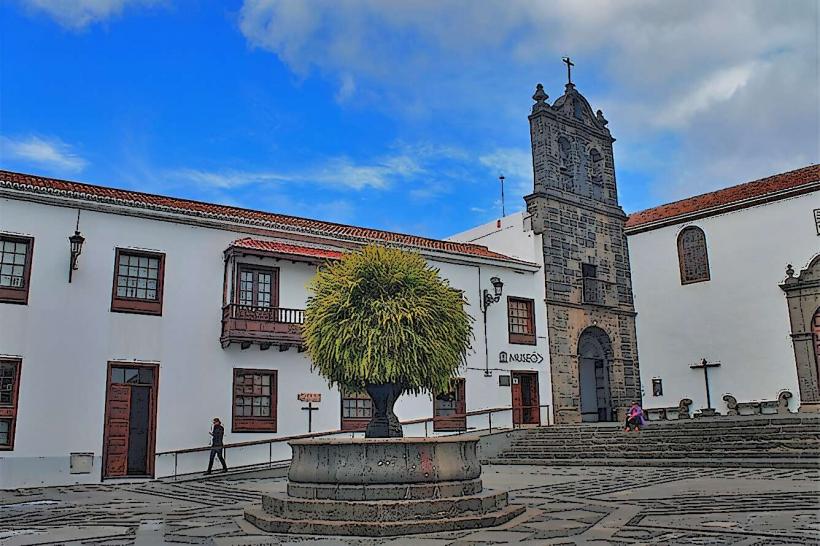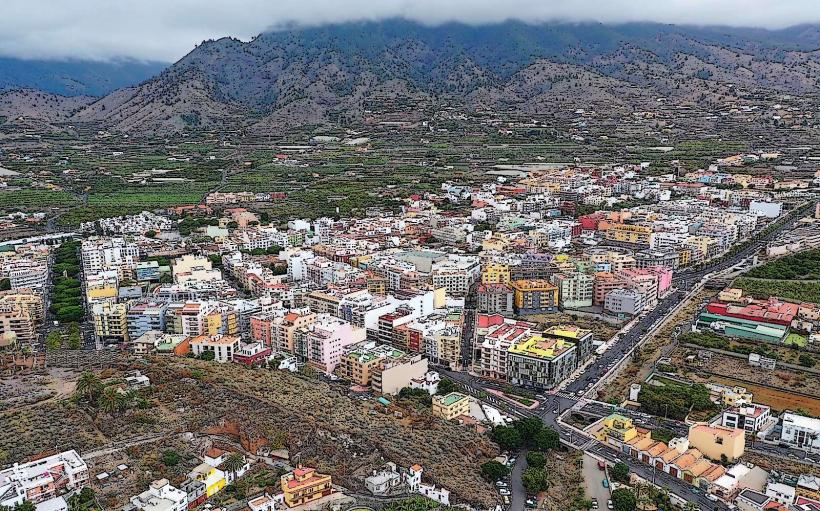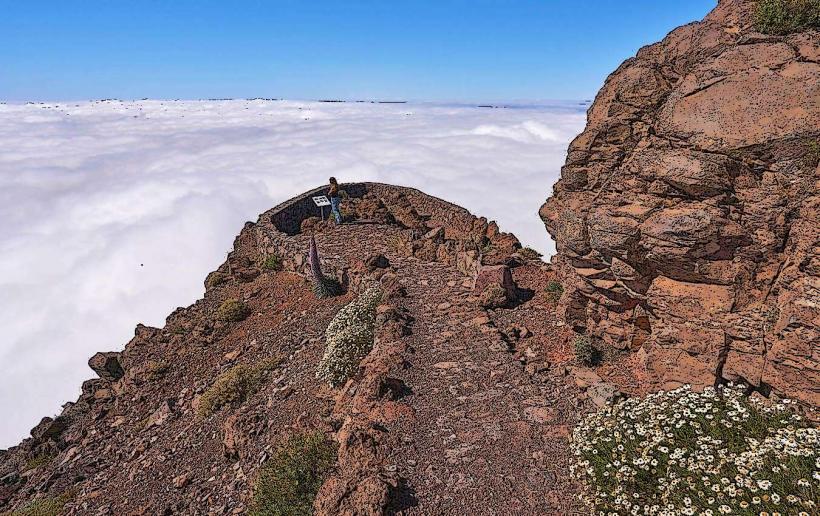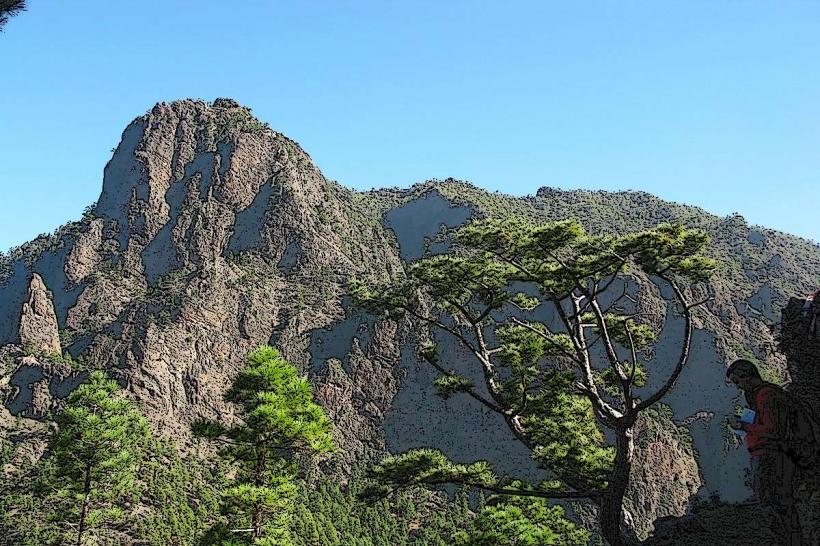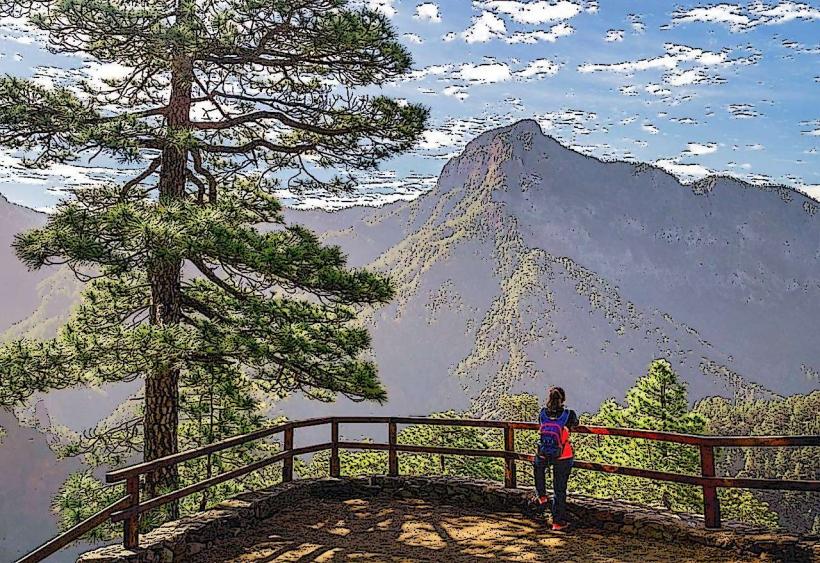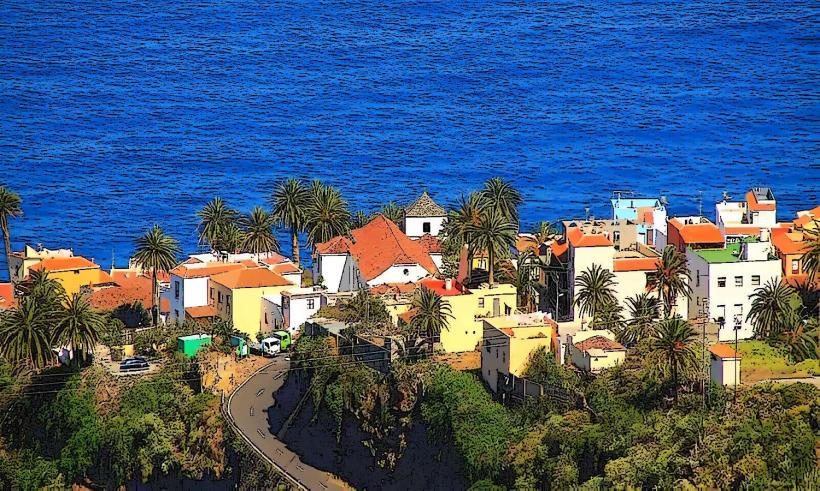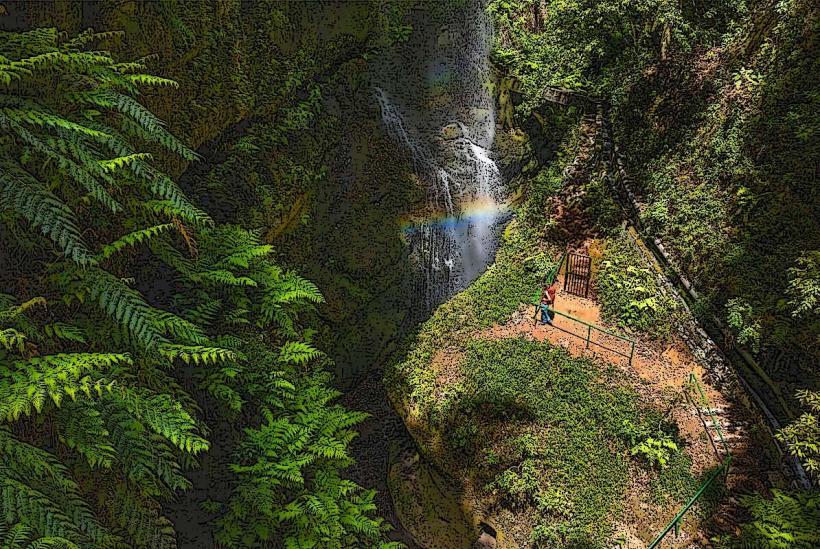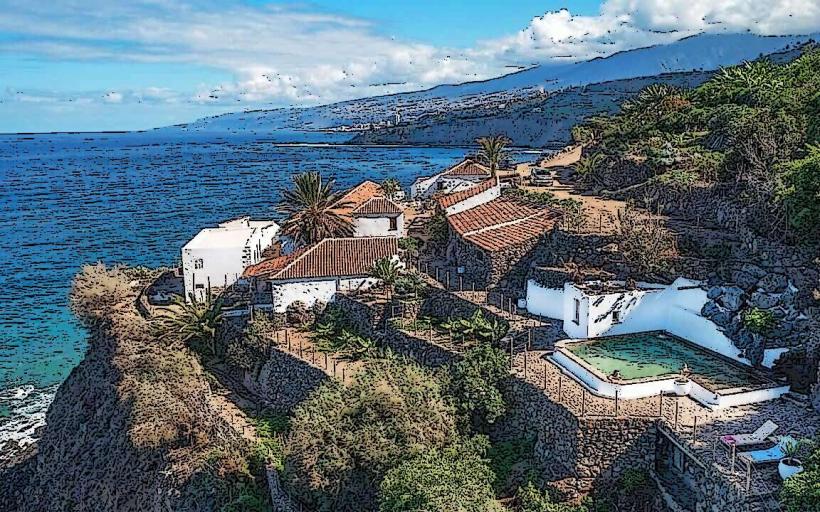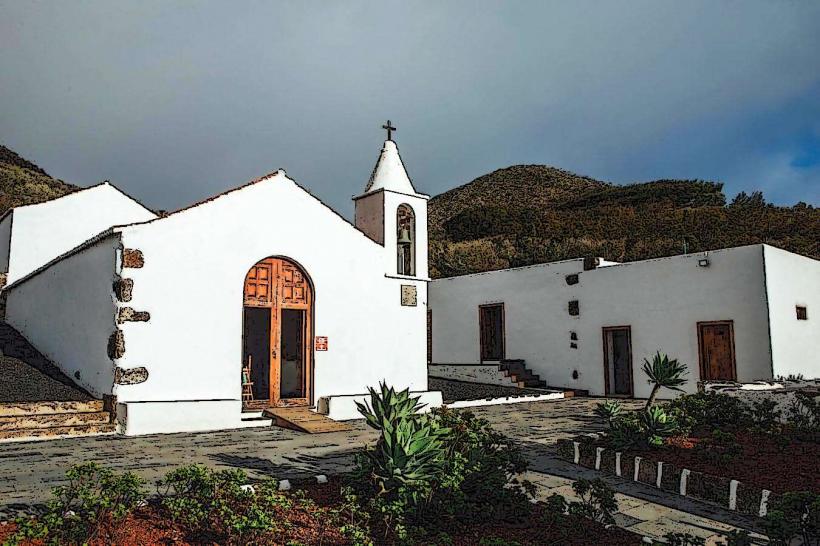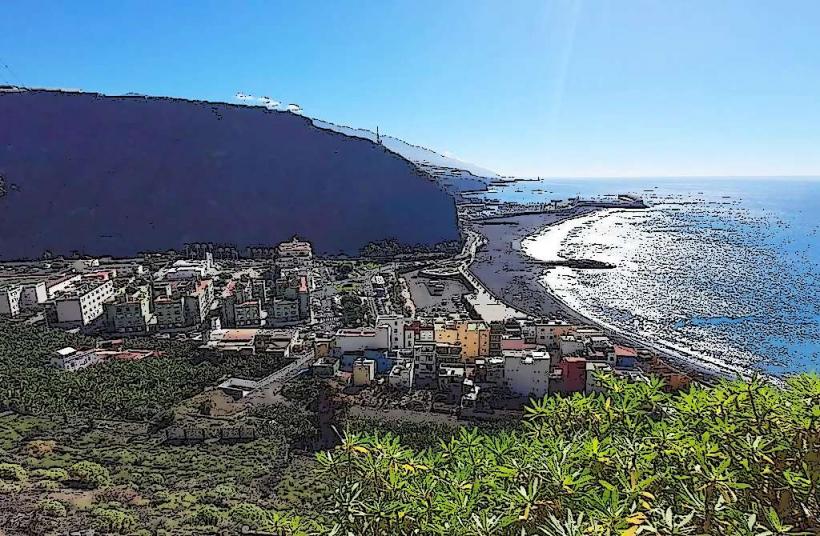Information
Landmark: La Palma VolcanoCity: La Palma
Country: Canary Islands
Continent: Europe
La Palma Volcano refers to the volcanic activity on the island of La Palma, which is one of the most geologically active islands in the Canary Islands archipelago. The island itself is a result of volcanic processes, and many of its geological features, including mountain ranges, craters, and lava flows, are a direct result of volcanic eruptions over millions of years.
La Palma is primarily composed of shield volcanoes, and it continues to be volcanically active, with the most recent eruption occurring in 2021. Below is a detailed overview of La Palma’s volcanoes, with a particular focus on its most famous and recent eruptions.
Volcanic Formation of La Palma
Shield Volcanoes:
- La Palma was formed by a series of volcanic eruptions that built up shield volcanoes over millions of years. These large, gently sloping volcanoes are typical of basaltic eruptions, where lava flows steadily and spreads out in broad layers.
- The Cumbre Vieja volcanic ridge, which runs along the southern part of the island, is one of the most active volcanic zones on La Palma.
Calderas and Craters:
- The island features several calderas (large volcanic craters), the most notable being the Caldera de Taburiente. The Caldera de Taburiente is believed to have been formed after the collapse of a massive volcano, leaving a circular depression surrounded by steep cliffs.
- Other volcanic craters and fissures, such as those along the Cumbre Vieja, have formed over time due to repeated eruptions.
Active Volcanoes on La Palma
Cumbre Vieja Volcano:
- Cumbre Vieja is an active volcanic ridge located in the southern part of La Palma. It stretches across the island and includes several volcanic peaks, such as Pico de la Nieve, Pico Bejenado, and Roque de los Muchachos.
- The ridge is volcanically active, with eruptions occurring every few hundred years. It has produced several significant eruptions throughout La Palma’s geological history, including the 2021 eruption.
The 2021 Eruption:
- The 2021 eruption of Cumbre Vieja was one of the most significant volcanic events on La Palma in recent history. It began on September 19, 2021, and lasted for several months, ending in December 2021.
- The eruption involved the opening of several fissures in the southern part of the Cumbre Vieja ridge. These fissures emitted lava flows that caused widespread damage to nearby towns, farms, and infrastructure, particularly in the municipalities of El Paso, Los Llanos de Aridane, and Tazacorte.
- The eruption was characterized by intense lava flows, ash clouds, and the formation of a new lava delta where lava met the sea.
- The eruption had a devastating impact on the local population, with thousands of people displaced from their homes and significant damage to agricultural land and infrastructure.
- Despite its destruction, the 2021 eruption also drew attention to La Palma’s volcanic activity and the scientific research being conducted on the island.
Past Eruptions:
- The most famous historical eruption in La Palma's recorded history occurred in 1971, when the Teneguía volcano erupted in the southern part of the island. The eruption was relatively small but resulted in the formation of new land and significant lava flows.
- Cumbre Vieja also erupted in 1949, producing significant lava flows and ash clouds.
Volcanic Hazard and Monitoring
Volcanic Monitoring:
- La Palma’s volcanic activity is closely monitored by scientific institutions, such as the Instituto Geográfico Nacional (IGN) and the Volcanological Institute of the Canary Islands (INVOLCAN). These organizations use seismometers, GPS stations, and gas detectors to track volcanic activity and predict eruptions.
- The island’s volcanic monitoring system provides real-time data on seismic tremors, ground deformation, and gas emissions, which helps scientists and authorities issue warnings and evacuations when necessary.
Risk Areas:
- Cumbre Vieja remains one of the most active volcanic regions, and future eruptions are considered likely, especially in the vicinity of the active fissures. Because of its location, volcanic hazards such as lava flows, ash clouds, and pyroclastic flows pose significant risks to the island’s population.
- Volcanic eruptions also impact the local environment, disrupting ecosystems, agriculture, and tourism, which is a critical part of La Palma's economy.
Volcanic Tourism
Despite the risks, La Palma's volcanic landscape attracts a significant number of tourists each year. Visitors can explore the island’s volcanic craters, lava fields, and geological formations through hiking, guided tours, and even volcanic tourism activities like visiting the Volcanological Museum and taking part in lava viewing expeditions.
Conclusion
The volcanic activity of La Palma is integral to its identity, shaping its landscapes, ecosystems, and even the lives of its inhabitants. From the massive calderas and volcanic ridges to the active eruptions like the 2021 Cumbre Vieja eruption, La Palma’s volcanoes continue to play a central role in the island’s geological processes. The island is an important site for both scientific research and geological tourism, with its dramatic volcanic features offering a glimpse into the forces that continue to shape the Earth’s surface.

